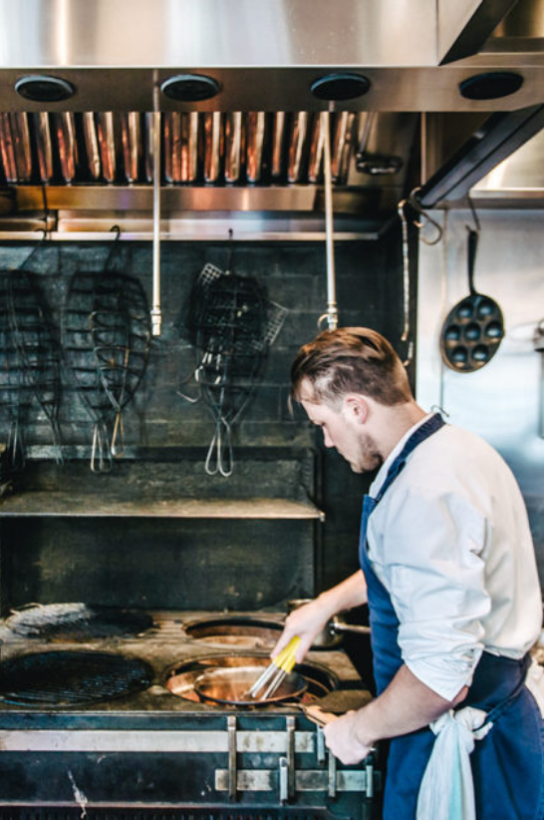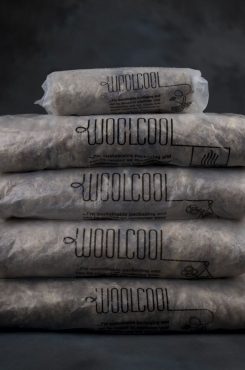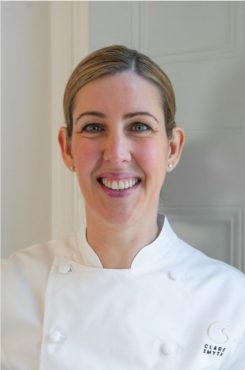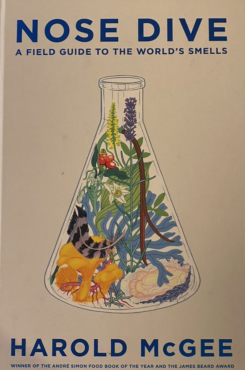

In this regular feature, we take a closer look at the workspace of people who inspire us. Here Tomos Parry of BRAT tells us about the kit behind his distinctive menu.
Photographs by Katie Hammond
BRAT is all about the equipment we use
If we didn’t have it, we couldn’t make the dish and I wanted that to be the case. The kitchens where I’ve worked previously, there are recipes that you could use three different types of blender for, the kit was very general. Whereas if I didn’t have that cage, those bowls, I really couldn’t make this food.
The restaurant is inspired by the Basque country and going there and seeing what they use, I thought initially ‘Oh we can find our own versions of these’ – because that’s generally what I’ve been trained to do. I’d think ‘Why is that old man doing it like that? He’s obviously a dinosaur’. Well, not quite that extreme, but it’s strange – modern chefs, and I include myself, often think there is a cheffier way. When chefs start working here it’s challenging, it can stress them out because the cooking is so instinctive – but I like that.
For instance with the oven, the weather changes it, the humidity, the wind affects the draw of the fire. I am sure it’s stressful and it’s the same with the techniques. A chef said to me ‘Can I just make the pil-pil sauce in advance and then just blitz it’ and I thought ‘Ah you don’t get this, do you?’ I made the same mistake when I was at the River Café, asking why we didn’t just grind a load of black pepper in advance rather than do it each time in a pestle and mortar. It tastes better – and I guess there is a principle to it too. There isn’t a shortcut and I like the idea that they take a lot longer to make this food, because the chef connects with what they’re cooking.
The grill
The main feature of BRAT is the grill. We built it here on site and it’s so heavy, solid. Although it’s based on a traditional Basque style, the design is by Rhys Allen, who is a sculptor first and foremost, Ben Chapman introduced us. He hadn’t worked to restaurant deadlines so he had a lot of patience with us, and I kept changing everything. I learnt from him as well. There have been some faults but we’ve worked it out and I love that it has an energy about it. You can tell he’s an artist – there are wonderful little details on it. So, he has started making grills full time now!
We designed it so we have four pits, like those Japanese Kamado pits – they give out a glow instead of a heat. And on the open-fire side, we don’t want to grill fish, we want to roast it so it develops the gelatine and slow cooks. For me, that method is much more interesting.
Turbot cages
These are obviously from the Basque country! Well, we have an original one from the Basque country on a display shelf. I thought it would be easy just to make them. How hard can a turbot cage be, right? I would have got them off the shelf, but the right cage didn’t exist – I had this guy called Tom Bray who’s based in Dorchester make them and he was very patient.
I can’t tell you how many duds we made because of my rubbish drawings – I’ve got so many photos on my phone of the rejects. The gap was too small, too big, too much tension, wrong length… It’s so specific – if you’d told me this before I would have said ‘rubbish’ but you’ve got to have the right amount of gap to allow the roasting to get through – you don’t want to clamp the fish. I must say that Tom Bray is a really helpful and patient man and we got it right in the end. Technically they last for ever, none have broken yet… and we don’t wash them, they self-clean.
Terracotta bowls
The reason why we use them is because when Elkano [the San Sebastian restaurant that’s a big influence on BRAT] came over to do the collaboration they brought loads – the thickness here is perfect, it lets heat in and holds it residually. It’s kind of obvious, but then it’s funny, if you use a crap one you really notice the difference. Luke sourced these from Garcia on Portobello Road.
We use them to do the kokotxas [hake throats] – which we’ve only been doing since the Elkano night, we didn’t have the confidence before. I think we’re the only people that have them because we managed to get this fisherman in Cornwall who gets them for us from other fishermen who would throw them out. We are so lucky he does that for us, because it’s a time-consuming process, but they are delicious – eat them whole like an oyster, press them to the top of your mouth and they dissolve, the Elkano method!
This heat is quite aggressive and volatile on our stove so it’s essential you have a good terracotta bowl for that to conduct the heat correctly and then hold it at room temperature. To create the pil-pil sauce you need the throats to slowly cook and release their gelatine using ambient heat. We heat the dishes on the flat surface with the sauce, take them off and just swirl them. I’m sure you could find a modern way to do it, like sous vide or something, but I don’t think it would work as well as hands-on. There’s a reason they do it this way at Elkano; you’re in touch, you can feel it.
Cheesecake tins
When you look at the cooked cheesecakes lined up, it seems really simple but it’s the tiniest things that make them work. They are cooked in cast iron dishes and it has to be exactly the right thickness and the right depth so they can cook slowly in the beginning and then souffle up pretty high; then they sink. Then we put them in the woodfired oven and they burn and go quite dark; that’s the effect I want and the cast iron helps because if it was thinner they wouldn’t cook correctly. Making these is a skill – when the guys first start, they mess up because it’s such a weird technique – and it doesn’t help that the wood oven is a different temperature every day. This pan helps but there’s been a very expensive amount of trial and error!
Grilling cages
These square cages are from Chinatown. Basic and cheap, they cost about a quid and only last about a week, so we replace them all the time! We use them for small fish, the throats, peas… With grilling, the simpler the better.
Spun iron oyster dishes
When we cook oysters, we steam them over seawater and seaweed so they cook in their own stuff, basically. They go into the oven with a lid on so you get the aromats and we needed just the right dish for it. We use Netherton Foundry, from Shropshire (just four miles from Wales!), they’ve been very good right from the start at dealing with our lastminute phone calls. These bowls are perfect for the oysters – they’re made from spun iron so they’re actually very thin but dense and strong. In this instance being thin is better because you get that instant heat – you wouldn’t use the cast iron for this dish.
Swedish dishes
If you can afford to get these for your house, do – they’re amazing, so cool, really heavy and they last for ever. They come from a company from Sweden called Skeppshult and Niklas Ekstedt brought one over from Sweden for me to play with, because he loves them and works with them. We have to use robust pans with fire, obviously, but often they don’t look pretty and they don’t look perfect. These ones are for industrial/professional use and we use them in the oven for all sorts of dishes.
Tongs
A notable mention must go to the humble tongs. They’re the most essential bit of kit for cooking over fire. Not many kitchens use them that much, but we literally use them for everything here. It’s something I learnt from River Café because when I was there, plating things back in 2010, I would have tweezers, tucked into my apron. But I was waiting to put herbs on and they were like… ‘what the hell are you doing?’
Tongs to do the most delicate thing because they’re the closest thing to hands – and when something falls on the plate from a tong its very natural, whereas a tweezer isn’t. Once you do that it just changes your mentality on how you plate. We just go through so many pairs of tongs – luckily they are standard issue from catering suppliers.
Wood oven
This is a pretty simple model, it’s a pizza oven basically. We ended up buying a shell and assembling it on site – it was a nightmare getting it up here! We thought we could build one ourselves – and we probably could have – but there is a real science to it which I read up on, but this was quicker!
Scissors
An essential part of the turbot preparation. These aren’t kitchen scissors – we bought them from an outdoor shop because we needed something really heavy duty, with this shape and strength. The most important thing is that you cut through the main bone at the right point, after the turbot is roasted. It’s not for ease of eating! It’s so the gelatine comes out to emulsify with the vinaigrette and make the pil-pil sauce.
This article was first published in Issue 19 of CODE Quarterly.
Our print magazine – a must-read for anyone in hospitality – is published four times a year. Click here to subscribe



